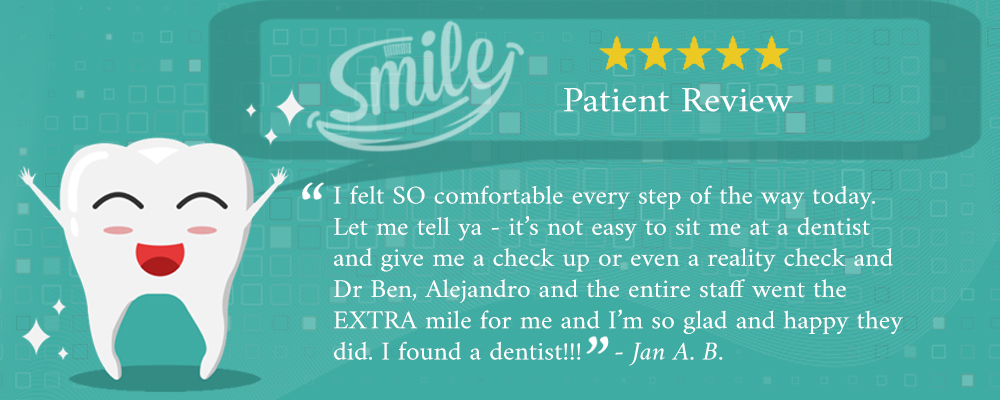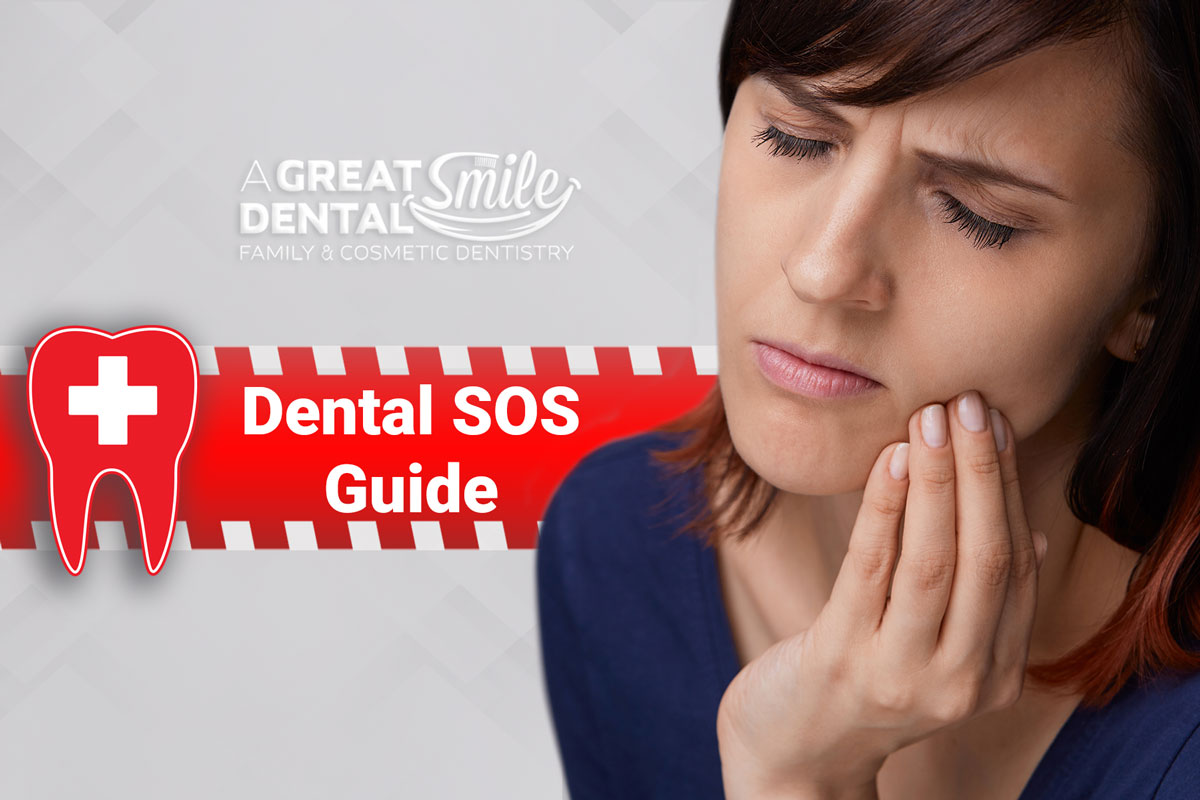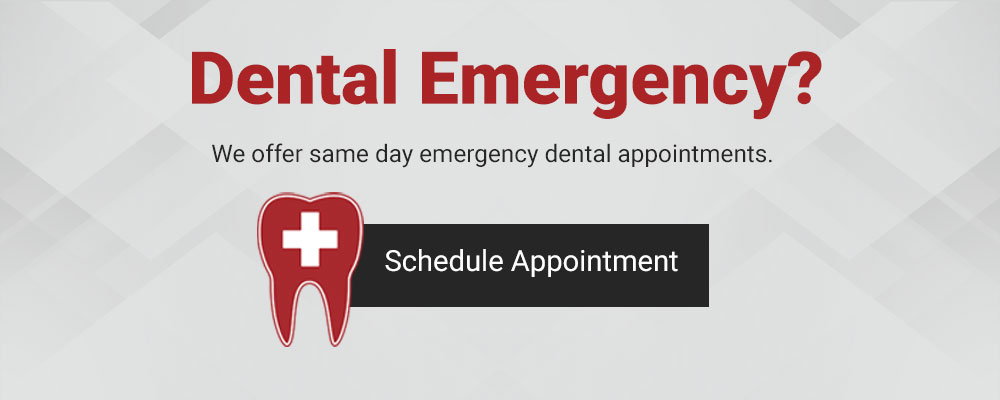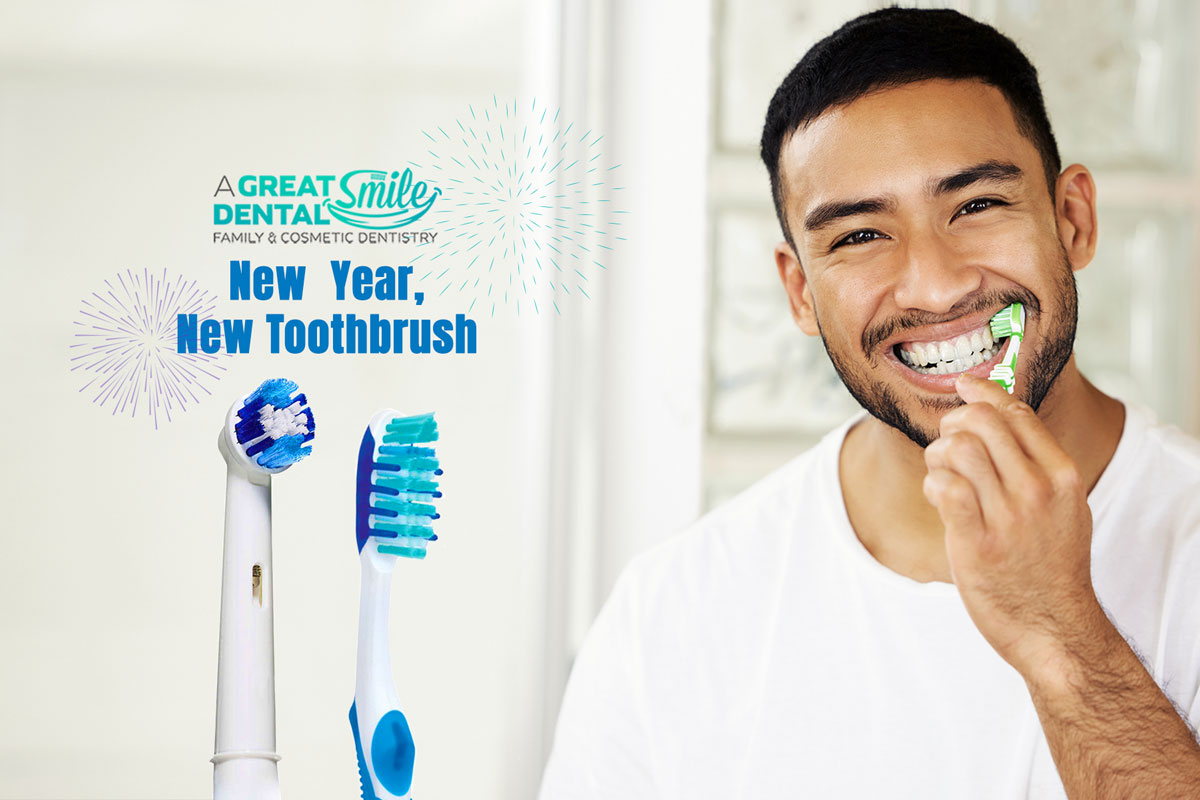Halloween is the ultimate spooky celebration, filled with costumes, creepy vibes, and, of course, buckets of candy! But while we’re all about the fun, those sugary treats can be a real nightmare for your teeth. Why? Sugar fuels pesky oral bacteria that pump out acid, which eats away at your enamel and invites tooth decay to the party. So, how do we keep the Halloween spirit high while giving our teeth some love? Let’s dive into some fun, tooth-friendly tips!
Candy Face-Off: Which Treats Are the Least Tricky?
Let’s be real—nobody’s handing out sugar-free gum on Halloween (though we wish they would!). Most candy is sugary, but not all sweets are equally spooky for your smile. Here’s the lowdown on the usual suspects:
- Hard Candy: These are like tiny dental landmines! Crunching them risks chipping a tooth, and sucking on them for ages bathes your mouth in sugar. Not cool.
- Sour Candy: Talk about a double whammy! These pack a sugary punch and are super acidic, attacking your enamel directly. Yikes!
- Gummies: These clingy culprits are the worst. They stick to your teeth, giving bacteria a long buffet to munch on and wreak havoc.
- Chocolate for the Win!: Good news—chocolate is the least scary of the bunch! It doesn’t cling to teeth, and cocoa has some nifty health perks. Bonus points for dark chocolate, which has less sugar. Treat yourself (wisely)!
Outsmart the Candy Haul
Want to dodge the dental horror show? Eating less candy is the ultimate power move. If you’re a parent, get your little goblins on board with a game plan before they hit the trick-or-treat trail. Try these fun ideas:
- Candy Trade-In: Let your kids swap their candy stash for a cool non-candy prize, like a toy or a fun outing. It’s like a Halloween treasure hunt!
- Limit the Loot: Set a cap on how many houses they visit or how many pieces they keep. Pro tip: chat about the plan ahead of time so everyone’s pumped.
Tooth-Saving Hacks for Halloween
Here are some super-easy ways to keep your smile sparkling through the candy craze:
- Chug That Water: Sip water to rinse away sugar and keep your mouth fresh. It’s like a mini shower for your teeth!
- Snack Smart: It’s better to eat a few pieces of candy in one go than to nibble all day. Less frequent sugar hits give bacteria less time to party.
- Wait to Brush: Hold off on brushing for about 30 minutes after eating candy. Your saliva needs time to neutralize the acid and get your mouth’s pH back to normal.
Keep Your Smile Shining All Year
Halloween may end, but your teeth deserve VIP treatment every day! Here’s how to keep them happy:
- Brush twice a day (morning and night, like clockwork).
- Floss daily to kick plaque to the curb.
- Keep sugary treats to a minimum (sorry, candy stash!).
- Book regular dental checkups to catch any sneaky issues early.
So, go all out this Halloween—rock that costume, haunt the neighborhood, and enjoy the fun! Just remember to treat your teeth right and avoid the tricks that sugar can play. Have a spooktacular time!













